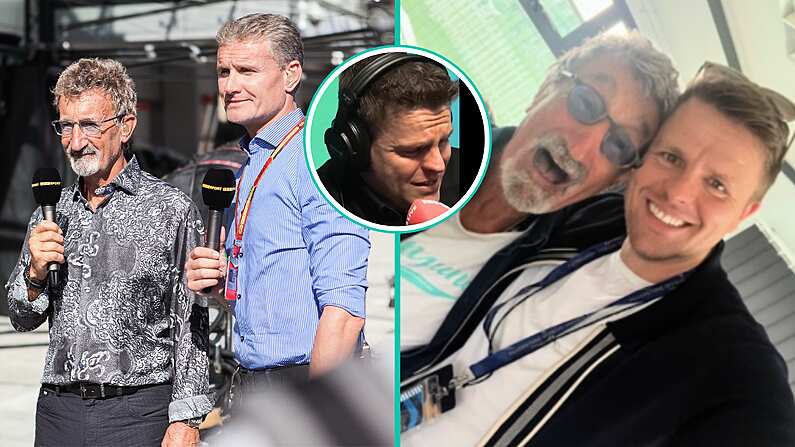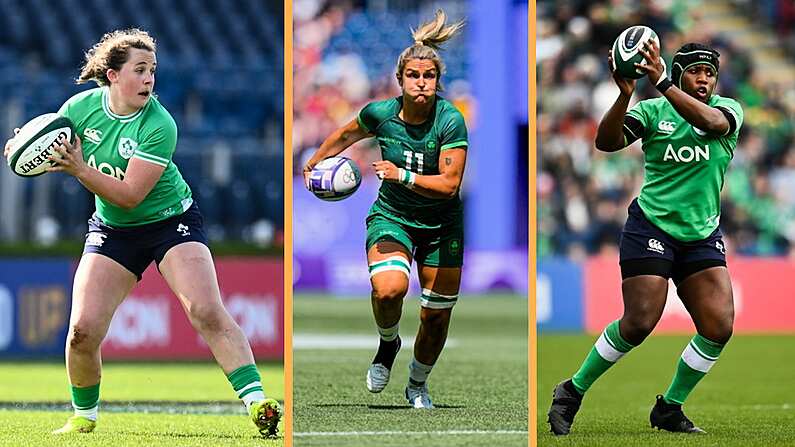The advantage Dublin have had in recent years in terms of funding in Gaelic football has been well-publicised and well-argued at this point, so there is little value in Balls adding any more noise on the issue. More money isn't the only reason Dublin have produced an array of staggering talents capable of reeling off six All-Irelands in eight years, although it certainly helps.
Another factor in Dublin's favour was published today, in a report by the Economic and Social Research Institute that was commissioned by the GAA and GPA. The report reveals the demands asked of an inter-county hurler, and also gauges their impression of the sports' problems. The full report can be read on the ESRI website, and we have both summarised and analysed it in separate articles.
It sheds light on one major benefit felt by Dublin more than most: the fact that the majority of their players are based at home.
In 2016 inter-county players spent on average 6.1 hours per day committing to a field-based training session. This isn't just time on the field: it includes that along with video/analysis sessions and time spent travelling and preparing food and gear for each session.
For a conditioning/gym session on the week of a match, the player puts in an average of 4.6 hours a day. On a non-match week, this increases to 5 hours a day.
(Note: the match week figure does not include the match itself).
The report also broke down the difference for players based in their own county and for those who commuted from elsewhere.
Those within their own county commit an average of 5.8 hours per day in the case of a field session, compared to 6.7 hours for those commuting from elsewhere. The biggest difference here, obviously, is travel: an average of 1.8 hours for the home-based player compared to 3 hours per day for the other category of player.
Given that there are an average of 3.9 field sessions per match week and 4.9 sessions per non-match week figure, that totals a massive difference.
The research shows that the bulk of players do not skip out on work to facilitate their GAA career - GAA players work an average of 7.9 hours a day, the same as the rest of the population - but instead skip on downtime at home and sleep. Limiting the first of those has an intangible effect on a player, but the latter can be measured.
Inter-county players sleep an average of 7.6 hours a night, which is way below the eight to 10 hours recommended for an athlete. This obviously causes player fatigue, and a lack of sleep is also linked to injury rate: the average injury rate among players is 52.1%, but that rises to 56.6% among players who sleep seven hours or less, compared to 49.4% among those who are sleeping more than seven hours a night.
This is not to say that the home-based players are less committed - they just have less of a time commitment owing to travel.
It is of particular benefit to Dublin, given that the vast majority of their players are based in the city. By contrast, some of their rivals are forced to commit considerably more time by dint of geography. A study by the Irish Times, for example, found that 18 of the Mayo panel this year are based in Dublin. Elsewhere, 14 Kerry players are based 'abroad' for want of a better phrase, while that figure for Tyrone and Monaghan are 11 and 26 respectively.
Galway also benefit from this reality: per the Irish Times analysis, just six of their players are based outside of the county and just one of them plays hurling.













